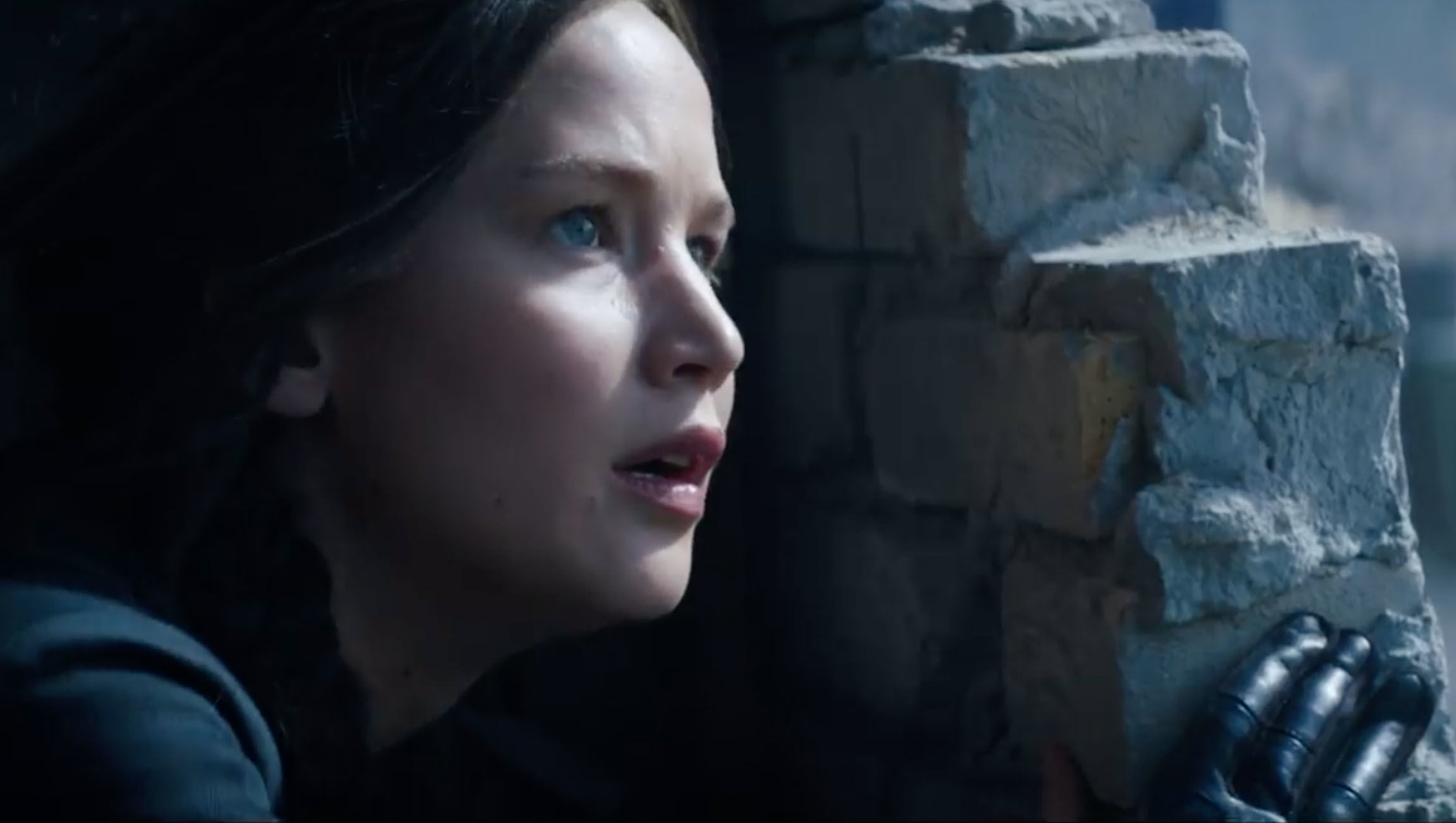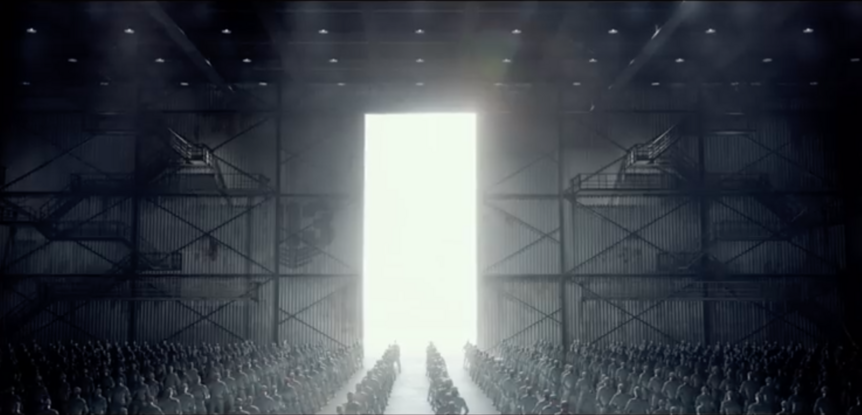Create a free profile to get unlimited access to exclusive videos, sweepstakes, and more!
Are we going to have to go all Hunger Games and build a subterranean District 13 to survive?

Remember District 13 from The Hunger Games? It might have been destroyed above ground, way below, there was an entire society of people — some of whom had been born into darkness and never seen the surface.
While we might not find ourselves in such a dystopian situation as Katniss Everdeen and the people of Panem, the threats that surround us could potentially take humanity down in the future. We’re already facing a pandemic. Overcrowding plagues every mega-metropolis (and could bring us the next pandemic). Volcanoes, earthquakes, tsunamis, landslides, and extreme weather — all made worse by global warming — might be the end of us if we don’t do something. Now some experts are suggesting that we start building our own District 13.
Earth is already swarming with 7.8 billion people, and that number keeps growing. Tokyo, Dehli, Shanghai, São Paulo and Mexico City are some of the most populated cities in the world. Beijing is close enough that people are moving into abandoned bomb shelters. More are on the way there. While some visionaries like Elon Musk feel that colonizing space is a potential solution, there is a serious question whether there will be enough advancements in technology for people to actually live on the Moon or Mars.
Humans obviously had some foresight. Our primitive ancestors knew what they were doing when they ventured deep into caves to avoid getting hit by searing heat, blistering cold and any sort of storm. The ancient Jordanian city of Petra got its name (meaning “rock” in Greek) from structures being carved deep into mountains, and it wasn’t the only place where people ventured underground. Now the threat of temperatures all over the planet skyrocketing to possibly three times what they are over the next hundred years is making us look downward. Urban sprawl could turn into subterranean societies.
USC urbanization researcher Annette Kim spent a year doing an extensive investigation into the hundreds of thousands of people who inhabit those bomb shelters in Beijing. Living conditions ranged from dank basement to underground apartment. The city’s population was shooting so high into the stratosphere that there were actually online advertisements for these spaces. The lack of affordable rentals on the surface only drove more people down below. Unfortunately, in 2011 the Chinese government starting evicting tenants who had no where else to live but below the city, but demand keeps the underground market going.
Mexican architect Esteban Suárez is just as concerned with what is going on in Mexico City, which is surrounded by volcanoes and mountains that close in its rapidly growing population of 22 million. Suárez founded Bunker Arquitectura in 2005. This research office exists to explore alternative architecture that could possibly save us from living on planet hell. The brains at Bunker dreamed up The Earthscraper, which could save Mexico City before it caves in on itself literally and otherwise.
“The Earthscraper is the Skyscraper’s antagonist in a historic urban landscape where the latter is condemned and the preservation of the built environment is the paramount ambition, Suárez says on his website, describing this anti-skyscraper of glass and steel as “an inverted pyramid with a central void to allow all habitable spaces to enjoy natural lighting and ventilation.”
Nothing would be destroyed by an inverted skyscraper. You’d just have the surreal knowledge that there are people underfoot. Its design allows for public transportation to pass right through it. Kind of like District 13, it will have different floors designated for living space, transportation and retail, which are much more exciting than what the fictional district had to offer. The only sign of the Earthscraper, if it really comes into being (pushing against gravity to build an entire city is not easy), will be a glass floor or ceiling that lets in sunlight and acts as a window to everything happening on the surface. That point of view depends on who lives above or below ground.
The Earthscraper hasn’t taken off yet, but maybe we should start rethinking how we build things before we do end up living in dystopia.



























